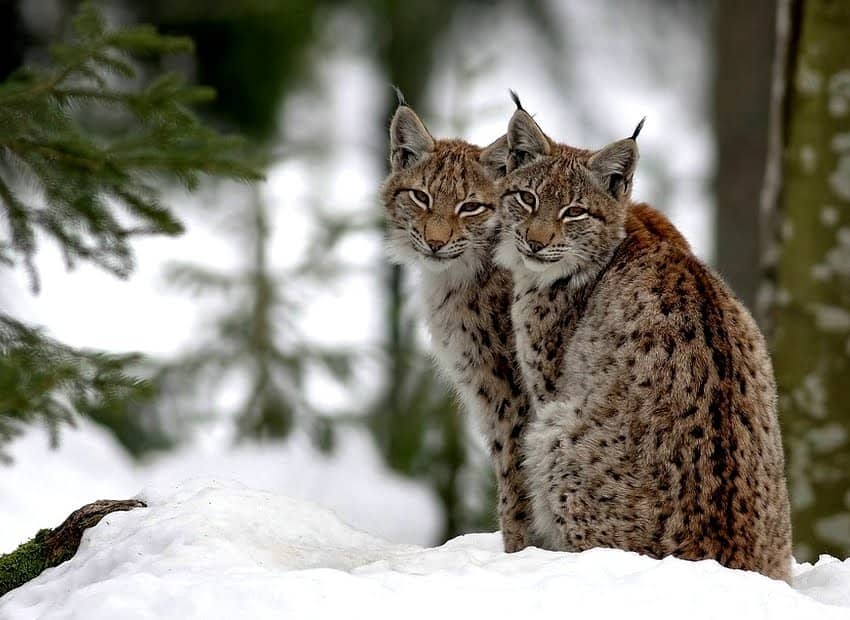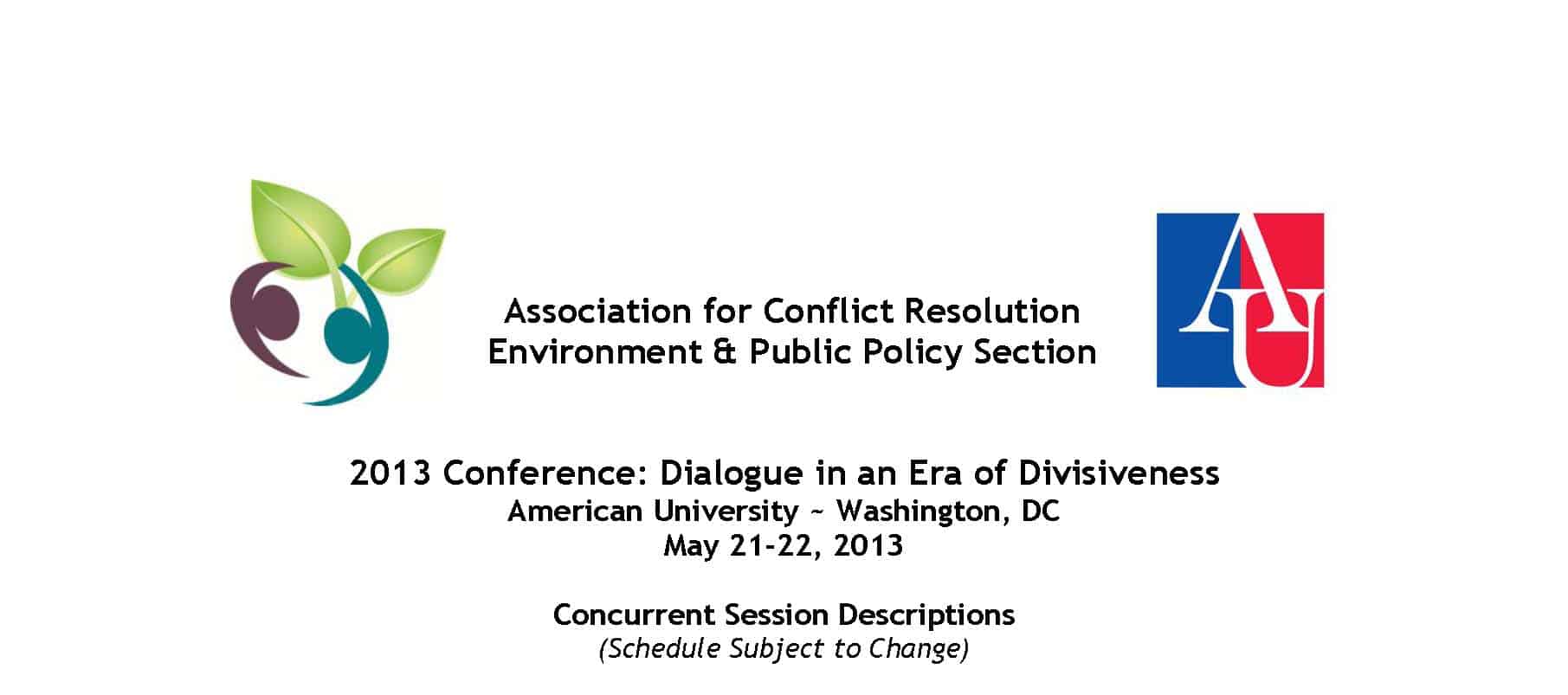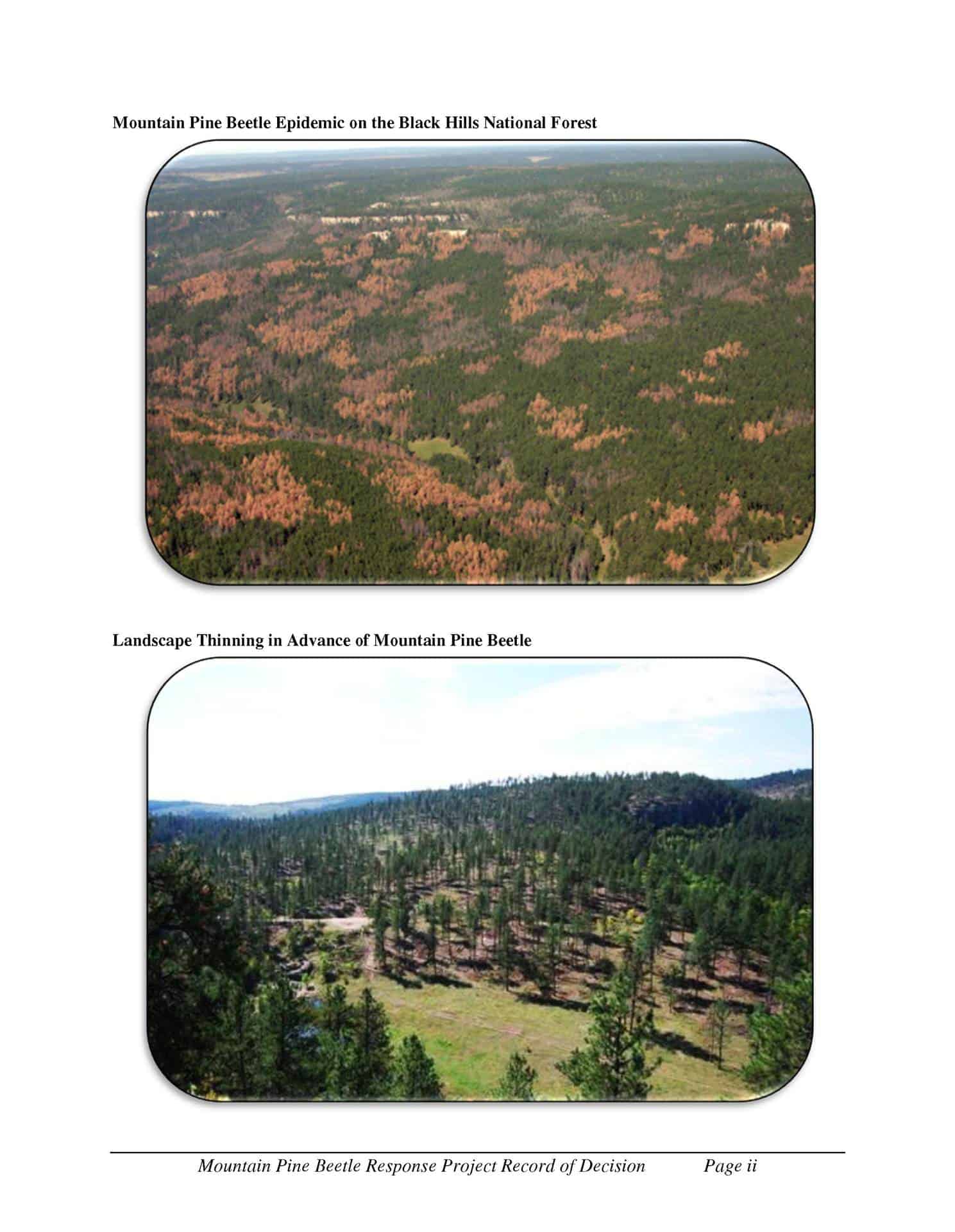The following book review was written by Laura Wood for her blog, The Thinking Housewife: http://www.thinkinghousewife.com/wp/2012/06/how-feminism-wrecked-the-u-s-forest-service/
I thought this might provide an interesting discussion piece for the retired USFS readers who sometimes Comment on this blog, as well as the (usually anonymous) Commenters who still work there. It’s a controversial topic with which we are all familiar — it’s just unusual to see it laid out on the table for consideration and discussion, as Wood has done here.
How Feminism Wrecked the U.S. Forest Service
Book Review by Laura Wood
TWO YEARS ago, I posted an excerpt from a book-in-progress, The Death of the U.S. Forest Service by Christopher Burchfield. Since renamed The Tinder Box: How Politically Correct Ideology Destroyed the U.S. Forest Service, the book was published by Stairway Press earlier this spring.
Burchfield has more than fulfilled the promise evident in that excerpt. The Tinder Box is an outstanding work of investigative reporting and cultural criticism, a blow-by-blow account of how liberalism transformed the U.S. Forest Service, with its millions of acres of cherished timberlands, from one of the most effective and highly motivated government bureaucracies in American history to a rancorous, dysfunctional and despised workplace, a bureaucratic hellhole more preoccupied with egalitarian quotas and sexual harassment seminars than its mission to preserve and govern this country’s vast woodlands.
Burchfield, who has held jobs in the Forest Service, other government agencies and IBM, spent months poring over government documents and interviewing employees of the Forest, amassing a small mountain of evidence. Anyone who doubts that feminism severely damages the morale and initiative of men, and is inherently opposed to the pursuit of excellence, is encouraged to review this evidence. This story is so disturbing, pointing as it does to an environmental disaster of significant proportions, it is sure to be ignored by the mainstream. And that is a crime.
In 1876, Congress ordered the Department of Agriculture to establish the Division of Forestry for the purpose of protecting the nation’s threatened woodlands, which were susceptible to fire and had been carelessly exploited by timber interests. The bureaucratic arm was established five years after the Peshtigo Fire destroyed 1.5 million acres in Northern Wisconsin and killed as many as 2,500 people. With a growing interest in natural conservation and new scientific forest-control practices, the division was in charge of 17 million acres by 1897.
The agency was riddled with corruption and patronage when Gifford Pinchot became its head in 1898. In 1907, the U.S. Forest Service, “the oldest of America’s four great land-owning agencies — the others being the National Park Service, the U.S. Fish and Wildlife Service and the Bureau of Land Management,” was officially born. Burchfield writes:
“A scion of a wealthy Pennsylvania family, Pinchot had studied forestry in Europe and felt that America with its immense unsettled spaces, required new concepts to manage its natural resources. A witness to the almost complete denuding of Pennsylvania’s hardwood forests and the watershed problems and poverty that followed, he felt certain that good management of both timber and prairie country was essential to preserving America’s heritage.”
Pinchot curtailed the era of patronage and adopted the Civil Service System, which required all applicants to pass an exam. He envisioned a force of qualified professionals devoted to forest work and prepared for its rigors. Pinchot said:
“I urge no man to make forestry his profession. But rather to keep away from it if he can. In forestry, a man is either altogether at home, or very much out of place…”
With acquisition of more land by Congress, the Service came to oversee 93 million acres in 44 states. Foresters and district rangers were expected to have studied dendrology, physiography, silvics (the study of individual tree species and their conditions) and forestry economics. In time, the forest ranger of lore was replaced by “hydrologists, silviculturists, range managers, geneticists, engineers and entomologists” who built long careers within the Forest Service. They were also expected to adjust to heavy labor and life in remote camps.
Pinchot, who insisted the foresters cultivate a good relationship with local communities and hire locals for seasonal work, was described as a “magnificent bureaucrat” for his vision and high standards.
The subsequent years continued this pattern of professionalism and dedication.
In 1968, in keeping with the times, administrators in Washington and other urban centers grew uncomfortable with a subculture that was overwhelmingly white and male. That year, the Berkeley office hired a woman named Gene Bernardi — “a dark-haired, ordinary looking woman in her mid-forties, wearing heavily rimmed glasses.” She was quickly promoted and appointed chief of the service’s new Equal Employment Opportunity Advisory Panel.
Three years later, Bernardi, by then known as belligerent and sensitive to criticism, demanded promotion to a higher Civil Service grade. When she was refused, she promptly filed a discrimination complaint in Washington, D.C. This too failed and then, after strong-arming a few other employees to join her, she filed a class action suit.
The story of her suit, which ended up before the Ninth Circuit Court of Appeals, makes for harrowing reading. Bernardi was represented by the feminist law firm, the Equal Rights Advocates. The suit ultimately resulted in a “consent decree,” a formal settlement between both sides. (By the time, the consent decree was signed, all plaintiffs had dropped out of the suit, even Bernardi herself. As Burchfield writes, “It was thus the weakest class complaint ever filed, a class complaint without a complainant.”)
Though the Forest Service was absolved of all wrongdoing, it agreed to make atonement for its past, promising to employ women at levels equal to the civilian labor force. Judge Samuel Conti specifically warned against quotas, which are forbidden under Title VII of the 1964 Civil Rights Act. Zealous Forest Service administrators ignored his warning and adopted a plan to make its force 43 percent women.
The decree pertained only to California’s Region Five, but the affirmative action mission later spread through the other administrative regions. This project was not generally approved of by women who worked for the Forest Service at that time, women who were hired for qualifications that suited their positions. (And many others have performed well since.)
Accustomed by then to employing rugged outdoors men, elite firefighters and experienced administrators — almost all of them men — to manage its wild lands with brawn and advanced scientific knowledge, the Forest Service embarked in the 1980s on a program of recruiting and hiring unqualified employees to meet its quotas of women. (See Burchfield’s earlier excerpt.) Minorities were actively recruited too, but because the effort to hire minorities was so often unsuccessful — blacks especially were not avid for jobs far from urban areas — the liberal assault on the Forest Service primarily focused on the hiring of white women.
The trend endangered those in the field. Burchfield writes:
“On July 15, 1981, two weeks after the Bernardi Decree went into effect, a tragedy occurred after a fire broke out on the Angeles National Forest. Gilbert Lopez, a fire captain, went in search of an inexperienced pump operator who had become separated from the fire team. Though she later managed to find refuge with another crew, Lopez never returned from his search. His charred remains were found after the fire was extinguished.”
This was not the only death involving inexperienced women or women who were physically inferior to their male colleagues. Burchfield tells of other incidents, including the 1994 Storm King Mountain Fire in Colorado, in which sixteen firefighters, including four women, died. In that case,
“It is all but a certainty that a number of firemen on the crew returned to assist the firewomen and paid for their heroism with their lives.”
As the consent decree took hold, men were continually denied jobs or promotions. Burchfield describes the story of Bill Shaw who started to work for the Forest in 1977.
“He was born in Arcadia, California, where as a boy he and his family routinely camped and hiked in the Forests, and came to know many of those employed in them. He would return home after these excursions and as he admitted without embarrassment, fall asleep dreaming of Lassie, Smokey the Bear or some other animal character associated with the woods. After earning an Asssociattes Degree in forestry, he went to work on one of the Angeles fire crews, rising to the position of fire captain. The pay was poor, particularly considering the high cost of living in the area, but he was working in the Forest and that counted more than anything else.
“…. After learning that he would not be able to hire the engine crew he had trained and worked with over the past three years, he was ordered to take on several women.
“Despite the extra physical drilling the agency granted the new hires, Shaw’s bull** detector went off immediately. He instinctively knew that very few of them would develop the strength and stamina necessary to haul a fifty-foot length of fire hose up a slope. For the next several years it became routine for him to order his female crew members back down the hill to stand by, while he and his two firemen held off the blaze until one or more other engine units arrived.”
Most of the women did not stay long in the most grueling jobs, but they were invariably replaced by others overwhelmed by the tasks. Shaw was eventually denied a position as fire management officer. He said a much less qualified woman was chosen instead. He told Burchfield:
“No one had any respect for her; no one had any respect for fire management; no one had any respect for the Forest, and no respect for the agency. It all drained away.”
Ironically, affirmative action made for a level of hostility toward female employees that did not exist before. Sensitivity training became standard.
Before the Bernardi decree, men who retired from heavy labor in the field often went into office work for the Service, where their knowledge of the lands contributed to their work. Afterward, these jobs went to those who had little experience on the ground, leaving a void where institutional knowledge was once preserved.
While quite a few men have won individual discrimination complaints against the Service – and have been denied promotion ever since – two major class action suits by male plaintiffs were never fully aired in court. The Supreme Court refused to review them.
The Forest Service, which once turned a profit, now loses millions. Undergrowth flourishes, causing many more fires. According to Burchfield, “eight of the eleven worst fire seasons since the 1950’s have occurred over the past twelve years:”
“True enough, urban interfacing, changing climate patterns, and the ever-rising numbers of youths brought up without supervision (today’s arsonists, meth dealers, etc.) are contributors to these disasters. But, the primary cause of these losses is the agency’s madcap obsession with gender equity, which by 1987 had resulted in a tremendous drop in prescribed burns, clearing of fire lines and slash cutting. In many instances, the Forests are so badly overgrown, that they possess 10 to 100 times as many saplings per acre as those managed by the Indians of 180 years ago.”
Mexican marijuana cartels commandeer acreage in the West for farming. Crime has increased and service patrols are inadequate to respond to it, with women forest officers particularly disinclined to restrain those violating rules. Recreational trails and mapping have deteriorated so much that the only hope in many places is that these duties will be someday turned over to local conservancies. The tremendous increase in the use of off-highway vehicles has exacerbated this neglect.
Once the friend and servant of the public, the Forest Service has become the cause of antipathy toward the federal government in rural communities throughout the land, where threats against forest rangers and vandalism of government property are alarmingly frequent. Burchfield writes:
“[W]hen year in and year out, locals see an inordinate number of jobs awarded to people flown in from thousands of miles away, a tinderbox builds, waiting only for one match to ignite it.”
America’s forests have presented extreme challenges and temptations — and have been the scene of greed and lawlessness — for hundreds of years. But the reign of affirmative action racketeers has exposed them to an unprecedented threat. It is no exaggeration to say the U.S. Forest Service has been willfully destroyed by the religion of equality.
 On May 16, 2013, U.S. District Court Judge Dana Christensen ruled in favor of conservation groups and found that the U.S. Forest Service violated the Endangered Species Act when it failed to consult with the U.S Fish and Wildlife Service to determine whether its region-wide management direction for the threatened Canada lynx would destroy or adversely affect 10 million acres of designated critical habitat for the elusive feline.
On May 16, 2013, U.S. District Court Judge Dana Christensen ruled in favor of conservation groups and found that the U.S. Forest Service violated the Endangered Species Act when it failed to consult with the U.S Fish and Wildlife Service to determine whether its region-wide management direction for the threatened Canada lynx would destroy or adversely affect 10 million acres of designated critical habitat for the elusive feline.




